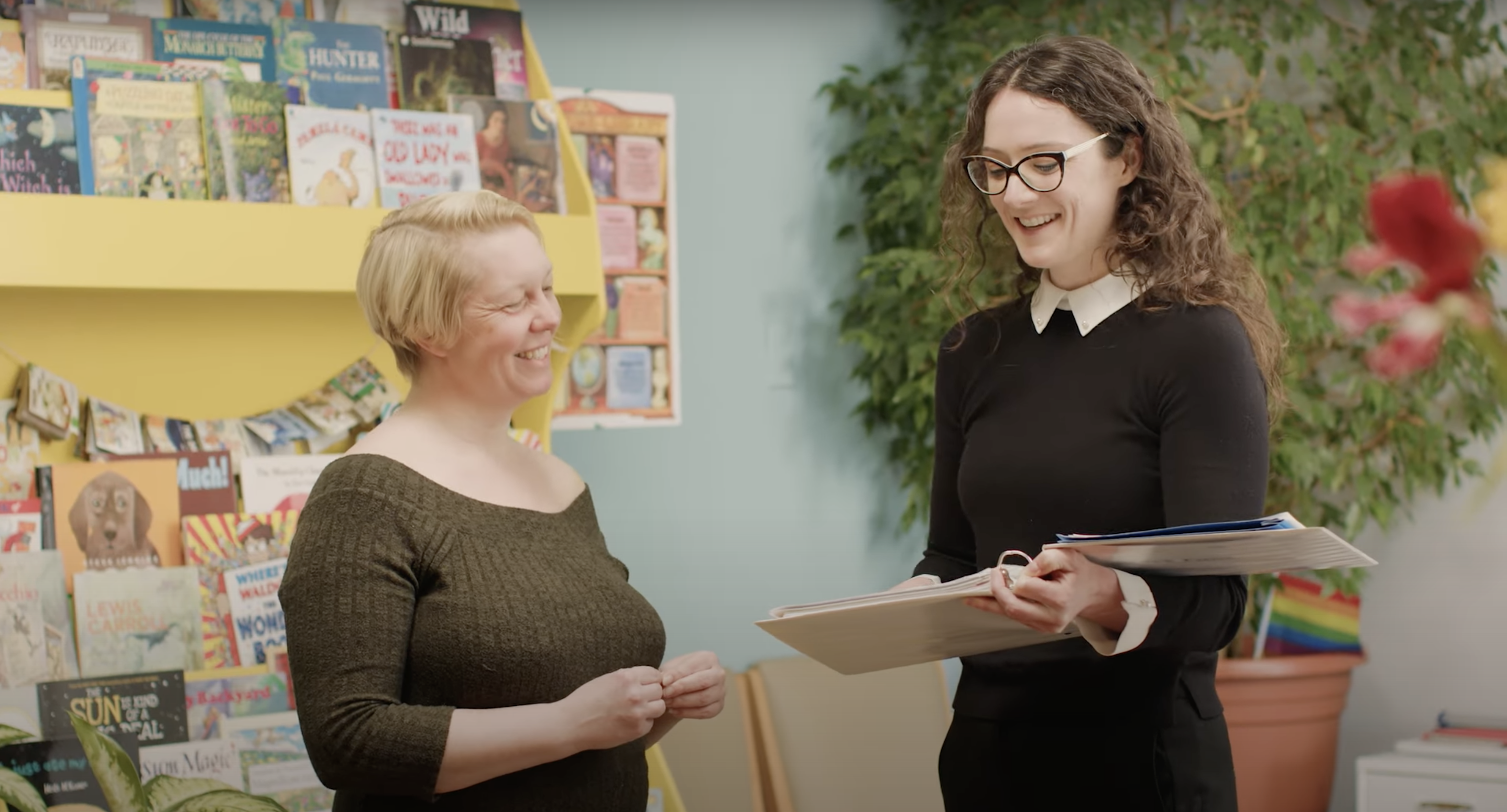What is an IEP?
An Individualized Education Plan (IEP) is a written plan that outlines the specific academic goals and services a school provides a student with a disability. It also includes how the school will measure a student’s progress and how parents and teachers will be involved in this process.
The purpose of an IEP is to help students whose disabilities require special education services be successful in school.
The primary benefit of an IEP is to provide individualized instruction and learning. An IEP is tailored to each student’s needs, abilities and interests to help them succeed in school. The plan also enables teachers and parents to work together toward the same goal: ensuring every child receives an education that meets their unique needs. This can be especially helpful if you have a child with special needs who requires extra attention or accommodations while in class.
Who is Eligible for an IEP?
In British Columbia, students with a disability or special educational needs that require special education services are eligible for an IEP. The types of disabilities included in an IEP are physical and mental health issues and developmental challenges such as autism spectrum disorder (ASD), attention deficit hyperactivity disorder (ADHD), dyslexia or other learning disabilities like speech impediments or visual impairments. To be eligible for an IEP, students must have an assessment or diagnosis from a qualified education or health professional. After a diagnosis is confirmed, the Ministry of Education Special Education assigns a Designation Category.
The IEP Process
- The first step is to identify the need. Where is the challenge? Your child could struggle in school or have difficulties with social skills, behaviour, or academics.
- The next step is to gather the necessary information and develop a plan to meet your child’s needs. (This can be assessments, previous work, or any evidence the school or parents might have).
- Once you’ve gathered all this information and determined what services are needed (e.g., speech therapy), you’ll meet with a school team. This team usually consists of school officials such as teachers, administrators, and outside professionals, including psychologists or special education teachers. Together, they will create an IEP that outlines goals based on responses to the following:
- What have we learned from this student’s previous evaluations?
- How will goals be achieved?
- When should goals be met?
- Are there any accommodations that might be necessary during testing periods?
- How will home and school communicate regarding progress reports?
- The IEP team should meet regularly to monitor the progress of the goals set out in the plan and make changes as needed based on new information about your child’s progress or needs (this can include adding new goals). This team may meet three times or more during the school year to measure progress and make necessary changes to the IEP.
Five Things to Look for in an IEP
- Present level of performance: This describes a student’s abilities, skills, challenges, and strengths at the time the IEP is written. It covers both academic performance and everyday functional skills. Academic performance refers to how a student is doing based on grade-level standards. Functional performance means activities of daily living that aren’t just academic. This includes behaviour, communication, social skills, eating, dressing, and mobility. A disability can impact both academic and functional skills.
- Annual goals: These goals build on a student’s present level of performance. The IEP team believes the student should be able to achieve these goals in one calendar year. Depending on when an IEP is written, the goals may span more than one academic year. For instance, an IEP written in May will have an annual review next May.
- Related Services: This part of the IEP describes the services a student receives, including specially designed instruction (special education) and related services, like speech therapy, occupational therapy, and social services. An IEP also states how often and where the services take place. It lists the school staff responsible for each service. There is also information about any services outside the regular school year and transition planning for after high school.
- Modifications, supports, supplementary aids: This section will list the accommodations, modifications, and assistive technology a student requires and when and where to access them. A student may access these supports in the classroom and throughout all school activities. Examples of this are having a fidget toy while sitting in circle time, using a computer to write paragraphs, and using “speech to text” tools to support their projects.
- Notes and considerations: An IEP generally includes a catch-all section for notes. It will have comments and concerns that the family shares at the IEP meeting. Often, this part of the IEP also lets you know whether the student has other barriers that get in the way of learning. For example, the student may have behavioural challenges or be an English language learner (ELL).
If you want to know more about this process, check out InclusionBC.
Questions to Ask in Your Child’s IEP Meeting
We’ve compiled a comprehensive list of important questions to ask about your child’s IEP goals! Download the list now and be prepared to advocate for your child’s academic success and accommodations.
Download Questions Remember, open communication and understanding the IEP goals are crucial in ensuring your child’s success in the educational journey. Ask for clarification or further information as needed.
– Sofia Lopez Nakashima, Case Manager and Instructor
LDS is a community of dedicated professionals who write collaboratively. We recognize the contribution of unnamed team members for their wisdom and input.



